

Matt Campbell
2026 Hyundai Tucson Hybrid review
7 Hours Ago
The latest round of real-world testing by the AAA has revealed popular cars like the Audi Q5, BMW X3 and MG 3 weren't able to match their official fuel economy claims.

Contributor
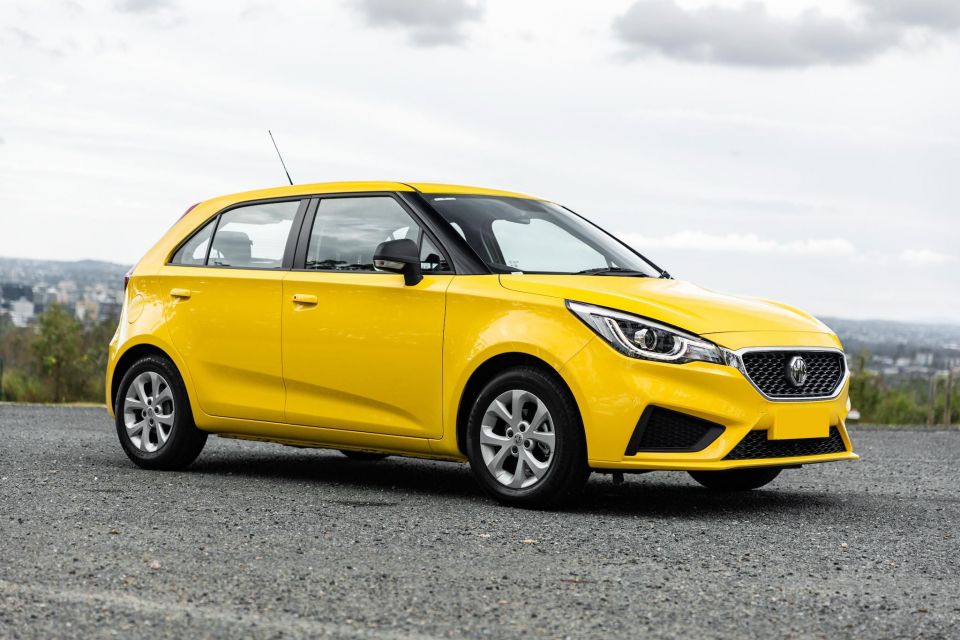

Contributor
The Australian Automobile Association (AAA) has released its latest real-world fuel efficiency data, revealing multiple popular vehicles which couldn’t match their official fuel economy claims – and a handful that beat them.
The peak body for state-based motoring clubs such as the NRMA, RAVC and RACQ released its first Real-World Testing Program (RWTP) results for nine vehicles in November 2023, and has now released data on another 13 vehicles based on testing conducted in December.
These results are based on a 93km testing loop around Geelong and surrounding areas.
Of these 13 vehicles, four recorded fuel consumption figures more than 10 per cent higher than their respective manufacturer claims.
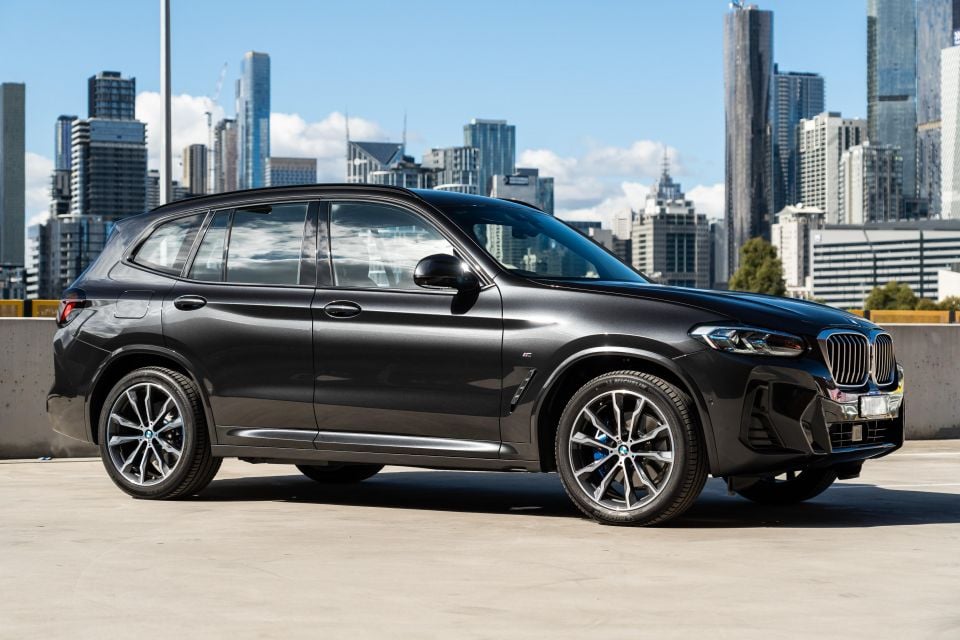
The biggest fuel economy disparity was recorded for the 2021 BMW X3 xDrive30i, with its observed fuel economy figure being 20 per cent higher than its official claim.
BMW claims its 2021 X3 has combined cycle fuel consumption of 7.4L/100km, with CO2 emissions of 169g/km. In the AAA’s testing, it used 8.9L/100km and produced 208g/km.
The real-world test also saw the 2022 MG 3 Core’s fuel consumption return a figure 19 per cent higher than its official claim.
MG says the MG 3 uses 6.7L/100km and will emit 159g/km of CO2, however, based on the AAA’s testing, it used 7.9L/100km and produced 180g/km of CO2.
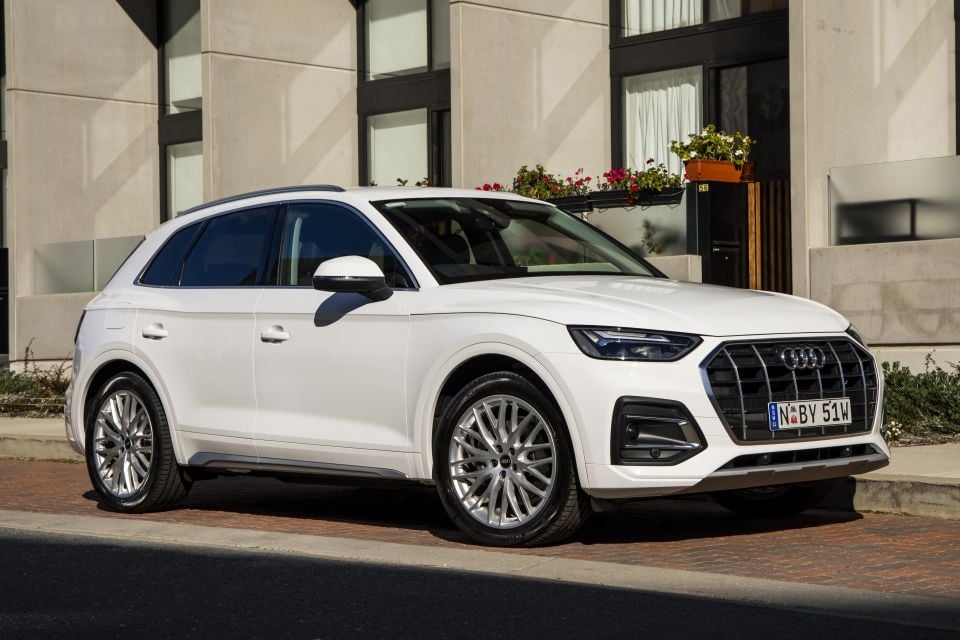
The AAA also tested a 2022 Audi Q5 35 TDI, for which it observed fuel consumption 17 per cent higher than the official claim.
Audi claims this model has a combined cycle fuel economy figure of 4.8L/100km and will emit 125g/km of CO2, but the AAA’s testing revealed results of 5.6L/100km and 147g/km.
In contrast, the 2023 Kia Carnival S diesel tested by the AAA beat its official combined cycle claim by seven per cent – consuming 6.0L/100km and emitting 159g/km of CO2, against Kia’s claims of 6.5L/100km and 170g/km of CO2.
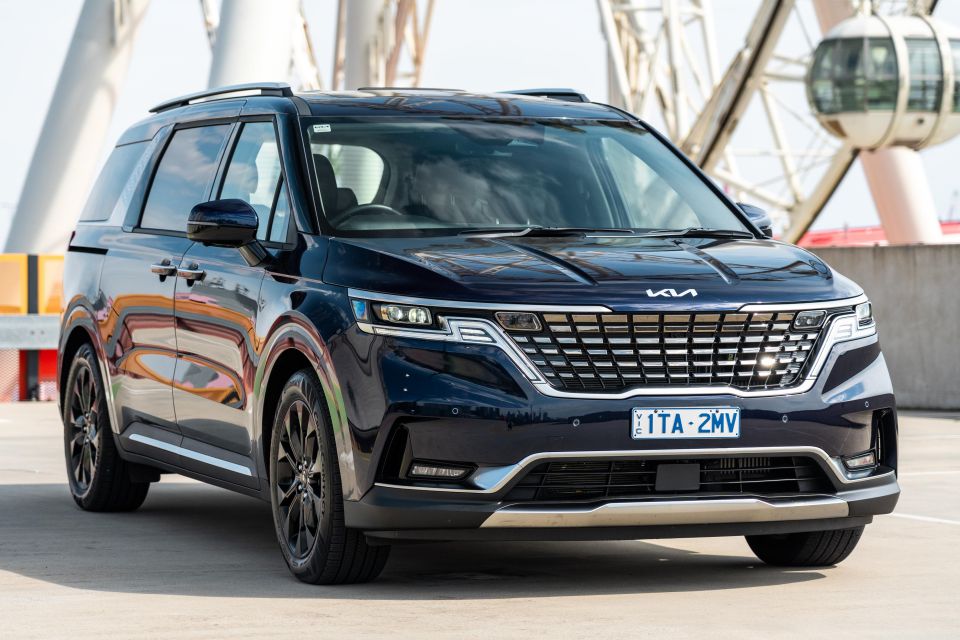
However, testing revealed the Carnival S exceeded limits for oxides of nitrogen (NOx) emissions. It produced 522 mg/km of NOx, against the current official mandated lab limit under Australian Design Rule 79/04 of 180mg/km.
The AAA also called out the Hyundai Staria and Kia Sportage diesels tested for exceeding NOx limits, while the MG 3 produced 1853mg/km of carbon monoxide – well above the current official mandated lab limit of 1000mg/km.
In October 2022, the Australian Government set aside $14 million to test vehicles in real-world conditions against their respective manufacturer fuel and emissions claims.
The AAA is responsible for managing the program, and started last year on its goal to test over 200 cars, utes and vans over four years.
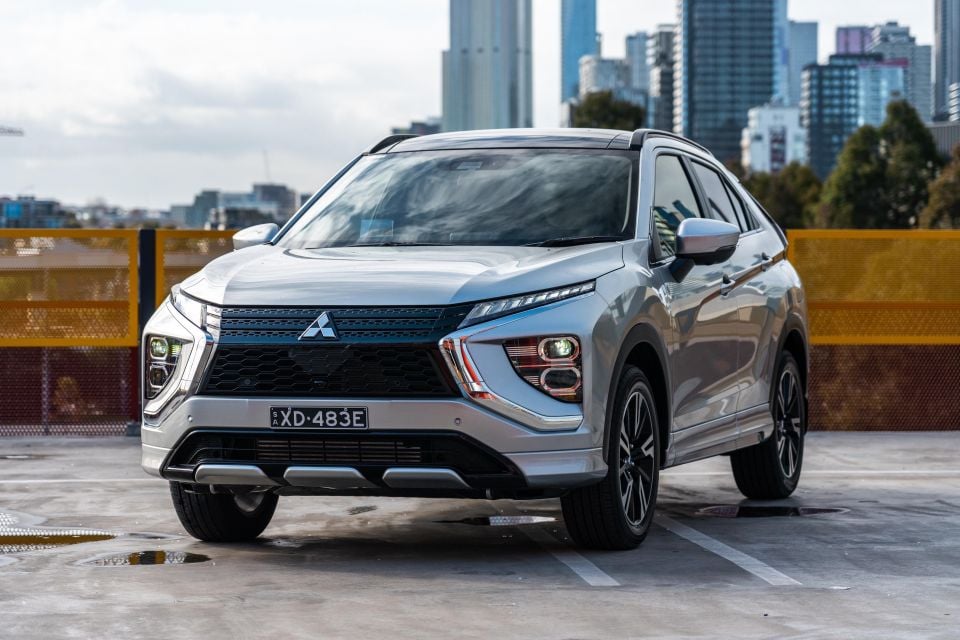
“Australian families and fleet buyers can place their faith in the reliability of these tests, which show that when comparing vehicles, consumers cannot assume that better lab performance will translate into real-world savings,” said AAA managing director Michael Bradley.
“Using these fuel consumption test results will improve motoring affordability for Australians while cleaning up our light vehicle fleet.”
Below are results from the AAA’s latest round of testing. The table below displays the fuel consumption in litres per 100km.
| Vehicle | Fuel type | Mandated claim | AAA testing result | Disparity |
|---|---|---|---|---|
| 2022 Audi Q5 | Diesel | 4.8L/100km | 5.6L/100km | +17 per cent |
| 2021 BMW X3 | Petrol | 7.4L/100km | 8.9L/100km | +20 per cent |
| 2023 Hyundai i30 | Petrol | 7.4L/100km | 7.5L/100km | +1 per cent |
| 2022 Hyundai Staria | Diesel | 8.2L/100km | 8.3L/100km | +1 per cent |
| 2023 Kia Carnival | Diesel | 6.5L/100km | 6.0L/100km | -7 per cent |
| 2023 Kia Sportage | Diesel | 6.3L/100km | 6.6L/100km | +5 per cent |
| 2023 MG 3 | Petrol | 6.7L/100km | 7.9L/100km | +19 per cent |
| 2022 MG HS | Petrol | 7.3L/100km | 7.4L/100km | +1 per cent |
| 2023 Mitsubishi Eclipse Cross | Petrol | 7.3L/100km | 7.6L/100km | +3 per cent |
| 2023 Mitsubishi Outlander | Petrol | 7.6L/100km | 7.9L/100km | +4 per cent |
| 2022 Toyota Camry | Petrol | 6.8L/100km | 6.7L/100km | -1 per cent |
| 2021 Toyota Yaris Cross | Hybrid | 3.8L/100km | 4.3L/100km | +12 per cent |
| 2023 Volvo XC40 | Petrol | 6.9L/100km | 7.6L/100km | +9 per cent |
The following table reflects the CO2 emissions results:
| Vehicle | Fuel type | Mandated claim | AAA testing result | Disparity |
|---|---|---|---|---|
| 2022 Audi Q5 | Diesel | 125g/km | 147g/km | +17 per cent |
| 2021 BMW X3 | Petrol | 169g/km | 208g/km | +23 per cent |
| 2023 Hyundai i30 | Petrol | 173g/km | 173g/km | – |
| 2022 Hyundai Staria | Diesel | 218g/km | 218g/km | – |
| 2023 Kia Carnival | Diesel | 170g/km | 159g/km | -6 per cent |
| 2023 Kia Sportage | Diesel | 163g/km | 173g/km | +6 per cent |
| 2023 MG 3 | Petrol | 159g/km | 180g/km | +13 per cent |
| 2022 MG HS | Petrol | 170g/km | 173g/km | +1 per cent |
| 2023 Mitsubishi Eclipse Cross | Petrol | 165g/km | 173g/km | +4 per cent |
| 2023 Mitsubishi Outlander | Petrol | 172g/km | 183g/km | +6 per cent |
| 2022 Toyota Camry | Petrol | 155g/km | 157g/km | +1 per cent |
| 2021 Toyota Yaris Cross | Hybrid | 86g/km | 98g/km | +13 per cent |
| 2023 Volvo XC40 | Petrol | 158g/km | 177g/km | +12 per cent |
MORE: All the AAA’s real-world testing results MORE:Which SUVs don’t match their fuel economy stickers in the real world?
Jade Credentino is an automotive journalist currently based in Melbourne, Australia. Jade has had a chance to review a variety of vehicles and particularly enjoys SUVs. She enjoys traveling and going on road trips exploring Australia.


Matt Campbell
7 Hours Ago


Max Davies
23 Hours Ago


William Stopford
23 Hours Ago


Derek Fung
24 Hours Ago


Max Davies
1 Day Ago


William Stopford
2 Days Ago